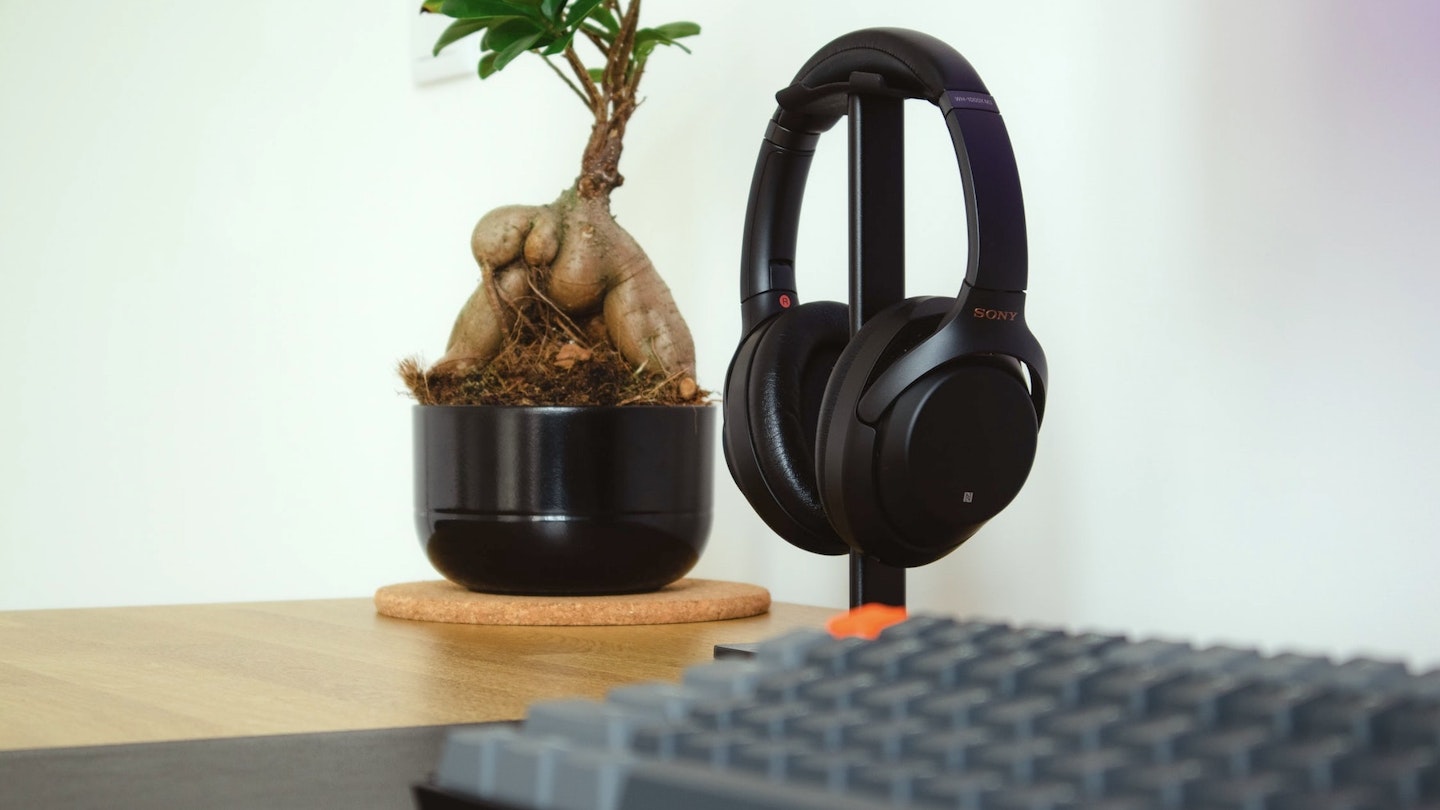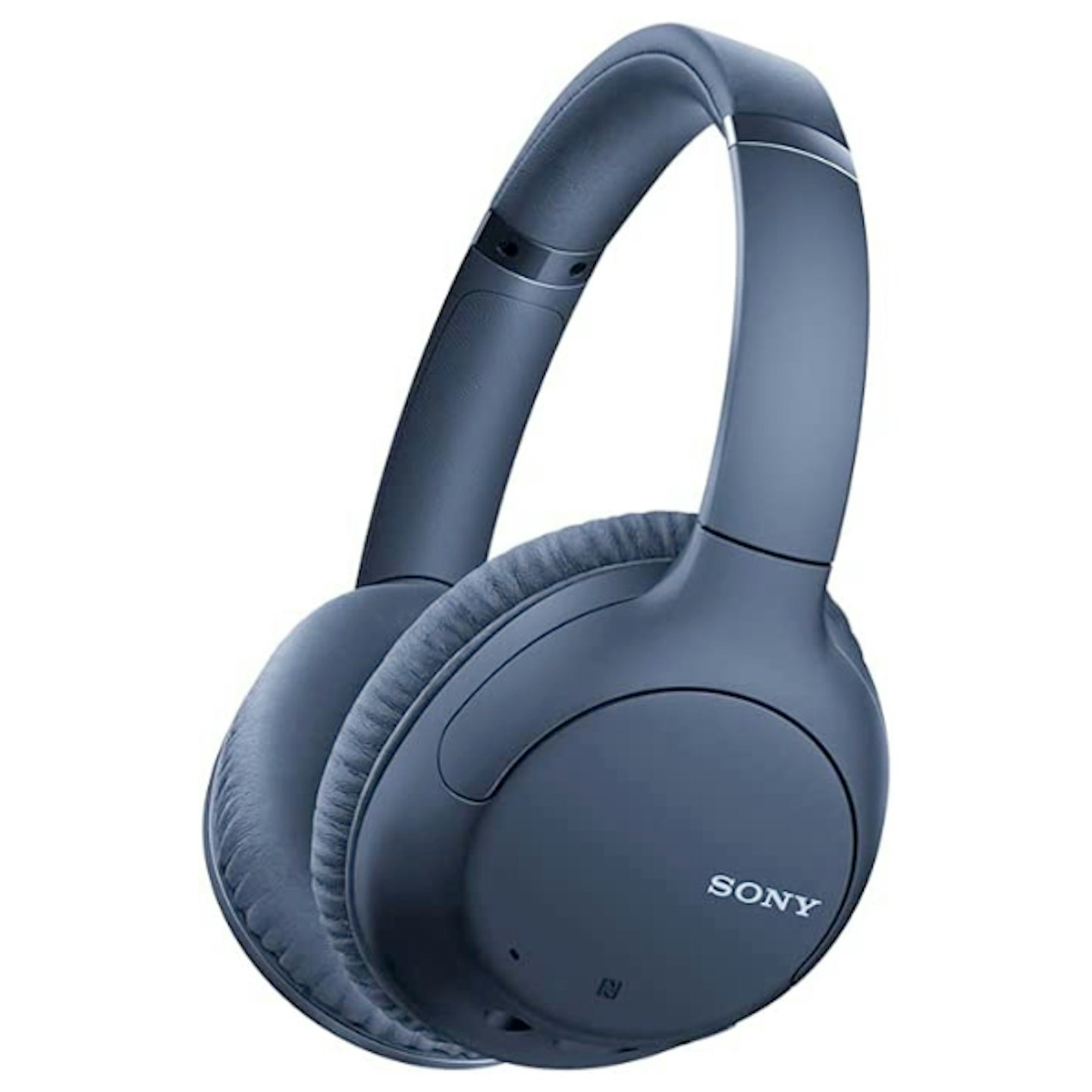Sony headphones hit all price ranges and feature sets, and there is a huge range available. If you’re looking for a new set of headphones and Sony is your brand of choice, it can be really difficult to know which to go for.
Among the available Sony headphones, some models place a focus on a specific need or activity. Some are dedicated to sports, providing a personal soundtrack for workouts, through to those that are focussed on delivering excellent entertainment audio when streaming the latest movies and TV shows. And, of course, there are more generalised options that are suitable for daily use at home, in the office or when commuting.
To help you cut through to the good stuff, we’ve rounded up the best Sony headphones down below. To mix things up, we’ve also mixed in the best Sony earbuds, offering a low-profile, often more affordable, alternative to the larger headphone options.
The best Sony Headphones at a glance:
• Best Sony headphones: Sony WH-1000XM5 - Buy now on Amazon UK
• Best Sony earbuds: Sony WF-1000XM4 - Buy now on Amazon UK
• Best budget Sony headphones: Sony WH-CH710N - Buy now on Amazon UK
• Best gaming Sony headset: Sony PULSE 3D - Buy now on Amazon UK
Here at What's The Best, we've been testing headphones since day one. That means we've had Sony audio in our rotation for a number of years, with our tech and audio writers getting hands-on and testing the headphones and earbuds. Whether it's Curtis Moldrich side-by-side testing Sony's WF and WH ranges, or William Lobley putting Sony's PULSE 3D through its paces on PS5, we've got a steady eye on what Sony is releasing.
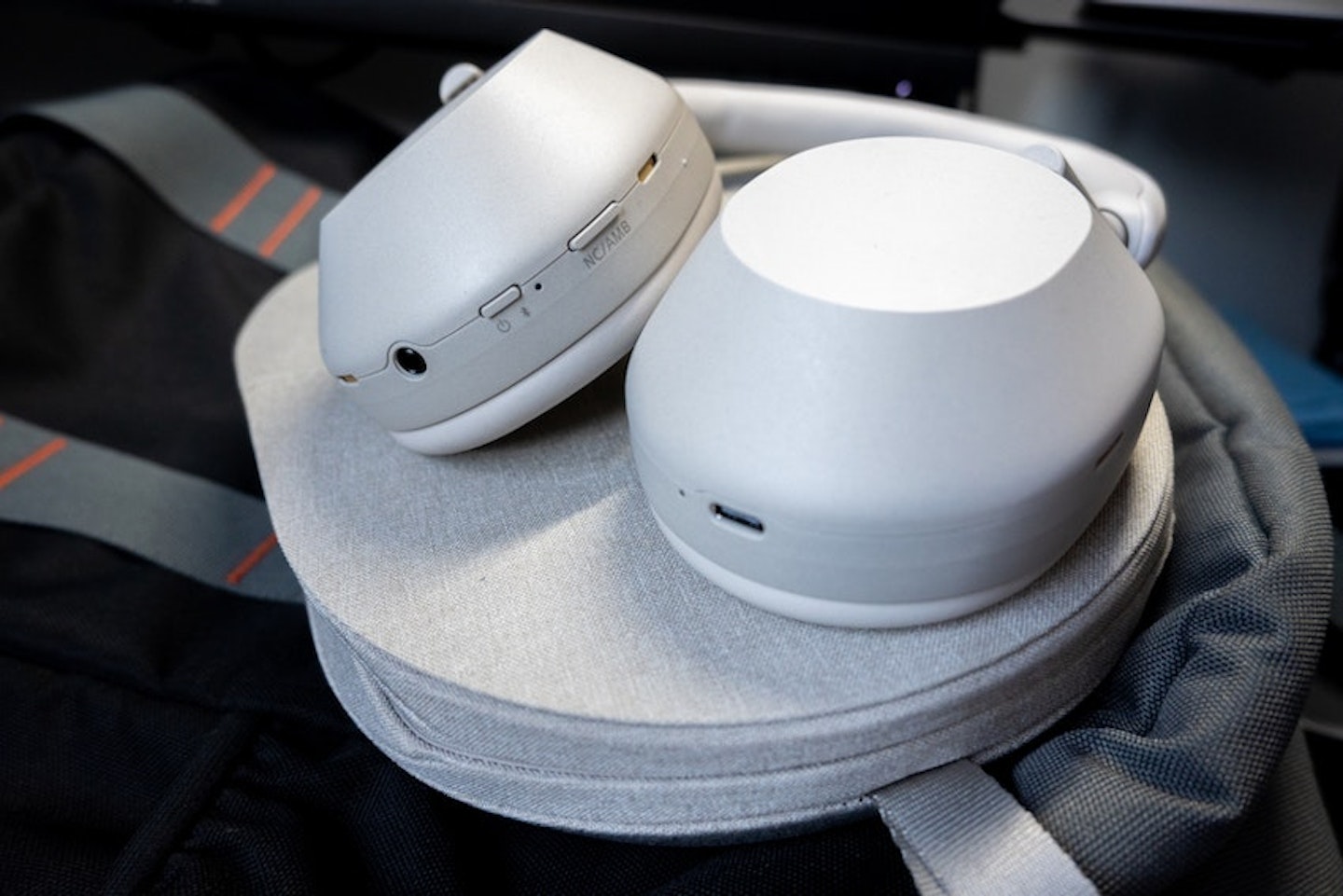
The best Sony headphones in 2023:
Best Sony on-ear headphones
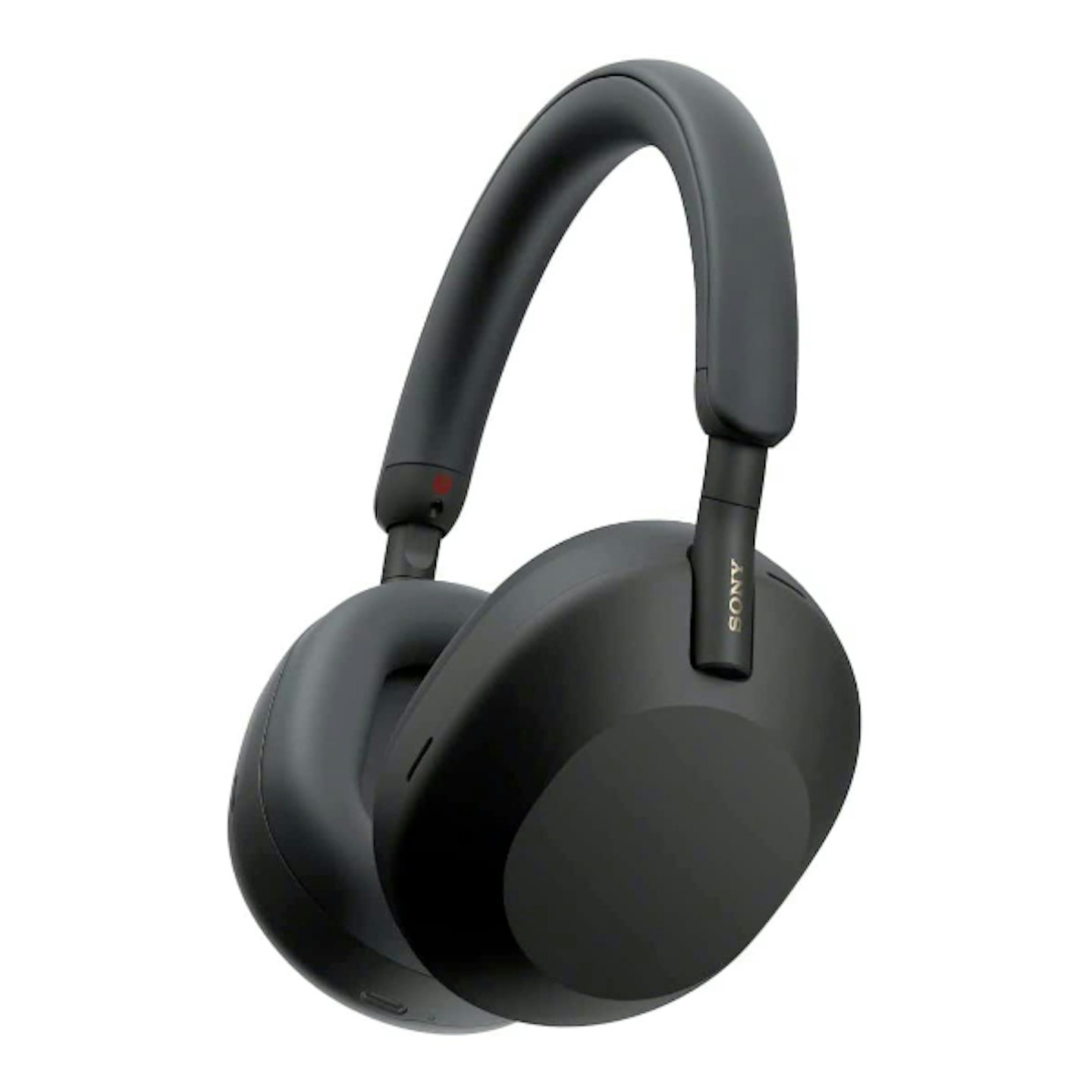
The latest instalment of the Sony WH-1000XM range is a belter. Upping the game from the WH-1000XM4, the XM5 brings freshness to the series using a new audio driver to provide stunning sound to deeply satisfy all listeners. When we reviewed the headphones, we tested everything from chill classics to intense metal and found that the WH-1000XM5 could handle it all with immense quality.
The batter life is pleasingly chunky, racking up 30 hours of playback that can be quickly topped from a USB-C connection. The noise-cancellation is a real winner, and additional features include an array of microphones dedicated to sending your voice through clearly on calls, a responsive touchpad for easy control, speak-to-chat, smart assistant support, and Spotify Quick-Access.
Read our full Sony WH-1000XM review.
Pros
- Near-flawless audio
- Comfort
- Adept noise cancellation
Cons
- Price is challenged by the WH-1000XM4
| Battery life: | Up to 30hrs |
| Charging: | USB-C, 3.5hrs to full |
| Connection: | Bluetooth 5.2, USB-C, Aux |
| Weight: | 250g |
- Our review: "Speak-to-chat, Spotify Quick Access, the headphones Connect app and multipoint connection are all excellent additional features that take the XM5’s blasting into the premium stratosphere with ease. The battery, too, deserves mention – not only long-lasting at 30 hours with noise cancelling, but the very quick charging is the true gift. You can have enough power for an afternoon of listening in the time it takes to go and get a coffee." Tried and tested by William Lobley, Deputy Tech & Fitness Editor
Best Sony in-ear headphones
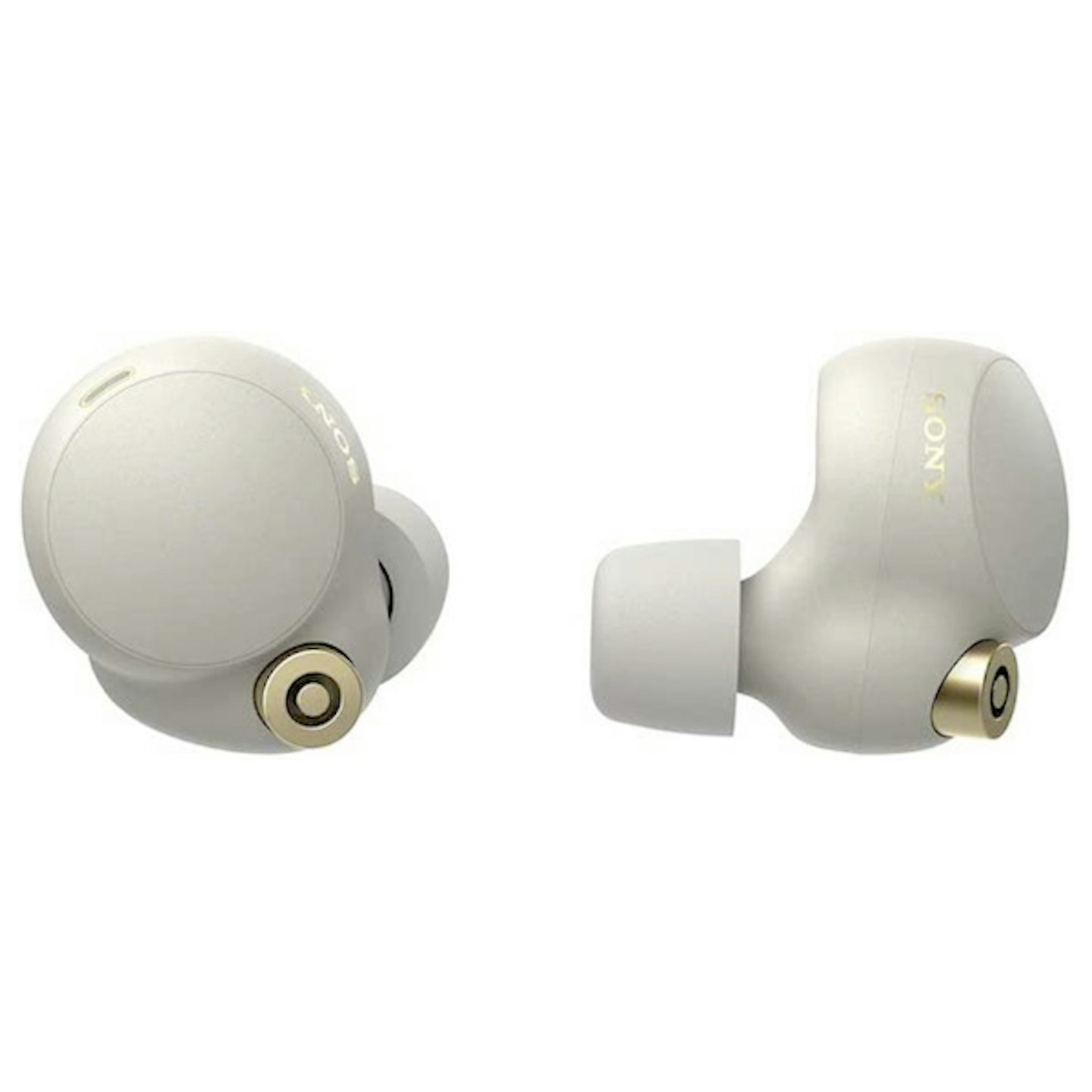
The WF-1000XM4 is a class-leading offering. In our review, we praised the audio performance for handling bass-heavy tracks with style and power. This was balanced well with poise in higher and mid frequencies. Not only that, but the in-ear design on the WF-1000XM4 earbuds makes them a very convenient and comfortable solution for listening to music wherever you may be. This is supported by the battery life, noise cancelling quality and overall aesthetic niceness.
While we love the WF-1000XM4 and consider them the best Sony earbuds, there’s a chance that they will soon be superseded by a new generation. However, the quality here is so good that if you can’t hang around for an announcement, these will do everything but disappoint.
Read our full Sony WF-1000XM4 review.
Pros
- Excellent audio
- Versatile
- Comfortable
Cons
- Heavy for the size
| Battery life: | Up to 8hrs |
| Charging: | USB-C |
| Connection: | Bluetooth 5.2 |
| Weight: | 7.3g |
- Our review: "The Sonys use tiny 6mm drivers and a new DAC (Digital to Audio Converter) and the results are extremely impressive – even when we leave noise-cancelling to one side. Sony says it tunes products for popular music at the time, and that means the XM4s are bass specialists. Bass-heavy tracks bounce along, while lower-sub bass frequencies are also rendered confidently. And rather than being clunky and bottom-heavy, the Sonys can pull off great low-end while still maintaining poise in the higher frequencies." Tried and tested by William Lobley, Deputy Tech & Fitness Editor
Best budget on-ear Sony headphones
The WH-CH710N is a top choice for those looking for some Sony action without spending upwards of £200. Sony has done a great job of balancing a punchy and full bass with the other frequencies, creating a nice audio profile. The good times keep rolling, too, thanks to the 35-hour battery life. The only place the slightly lower price starts to show itself is with the noise cancellation, which isn’t near the quality found on higher-priced units. Other than this, the WH-CH710N is a solid pair of headphones.
Pros
- Good price
- Solid sound
- Reliable performance
Cons
- Weaker noise cancelling
| Battery life: | Up to 35hrs |
| Charging: | USB-C, up to 7hrs |
| Connection: | Bluetooth 5.0 |
| Weight: | 223g |
- Customer review: "The audio quality is where these headphones truly excel. With a frequency response ranging from 7Hz at the lower end to 40kHz at the higher end, the bass is deep and tight, mids rich with details, and highs smooth and crisp. The sound reproduction is so precise and engaging that even an audiophile would appreciate the nuances these headphones bring out."
Best budget in-ear Sony headphones
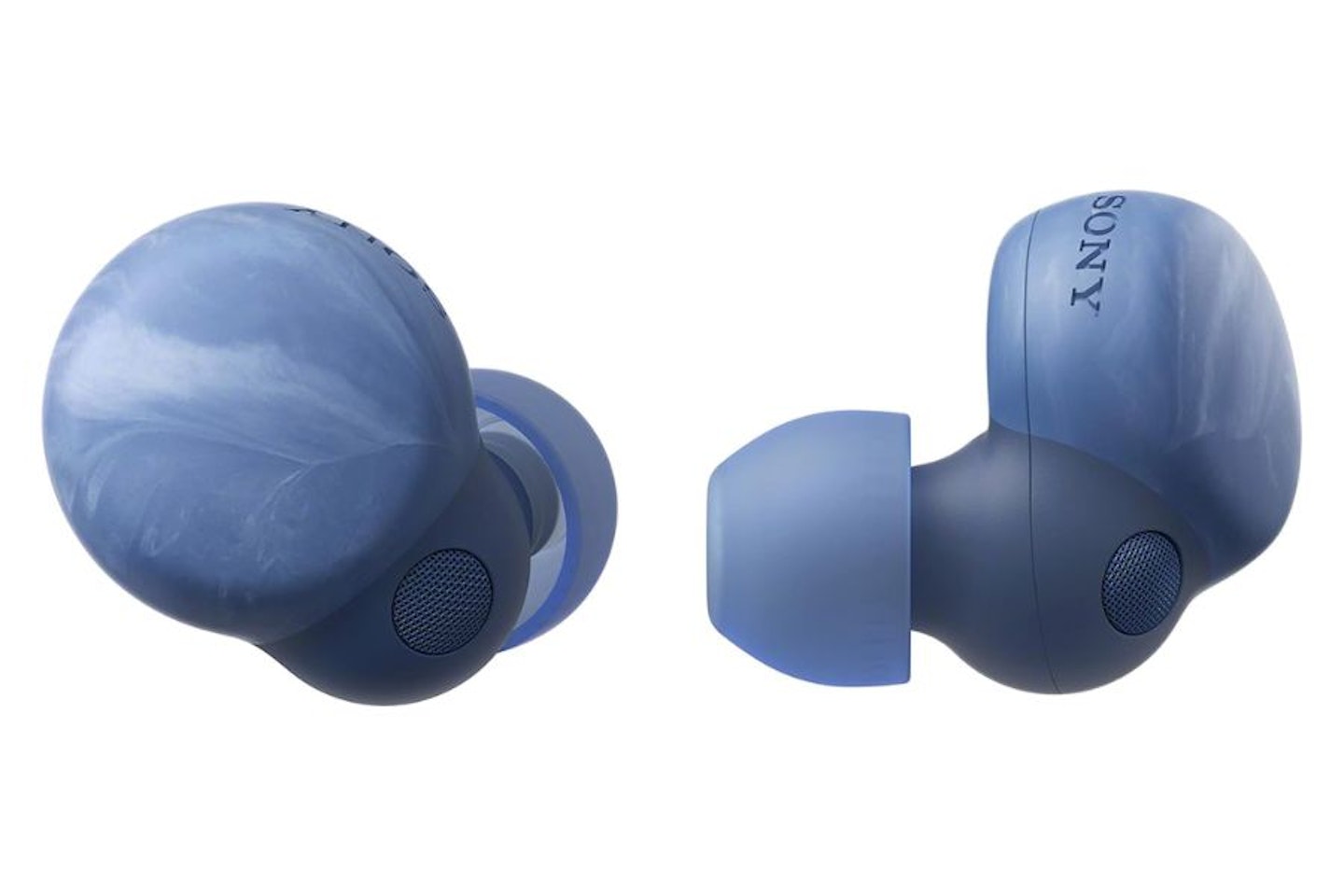
The Sony LinkBuds S offer up a chance to get a pair of excellent Sony earbuds without having to shell out as much as you would the for WF-1000XM4s. Through some smart applications of tech, build and weight, Sony has managed to deliver its hallmark quality for a fair price.
Sure - the sound isn't the best that Sony offers, but it's a fair mark above most other earbuds of this price. Adding to this appeal is the four-ish gram weight and ergonomic build, which makes for a very comfortable -day-long wearing experience. Likewise, the IPX4 water resistance rating means that this comfort can carry you into the gym, where sweat is going to have no adverse effect on the earbuds.
Read our full Sony LinkBuds S review.
Pros
- Comfortable for long periods
- Affordable
- Good sound
Cons
- The WF-1000XM4 sound better
| Battery life: | Up to 6hrs, 14 in case |
| Charging: | USB-C |
| Connection: | Bluetooth 5.2, Aux |
| Weight: | 4.4g (per bud) |
- Our review: "Sony has consistently produced class-leading headphones and earphones for the last few years, so it won’t surprise you that the LinkBuds S earphones here are similarly impressive. In isolation, they offer detailed but punchy sounds and are well-balanced enough to bring the magic out of everything from vocal-led tracks to more dancefloor-orientated ones. When combined with their barely-there size and weight, the LinkBuds S are a great shout if you’re looking for earphones to work with or exercise with." Tried and tested by Curtis Moldrich, Tech Writer for What's The Best
Best Sony headphones for gaming
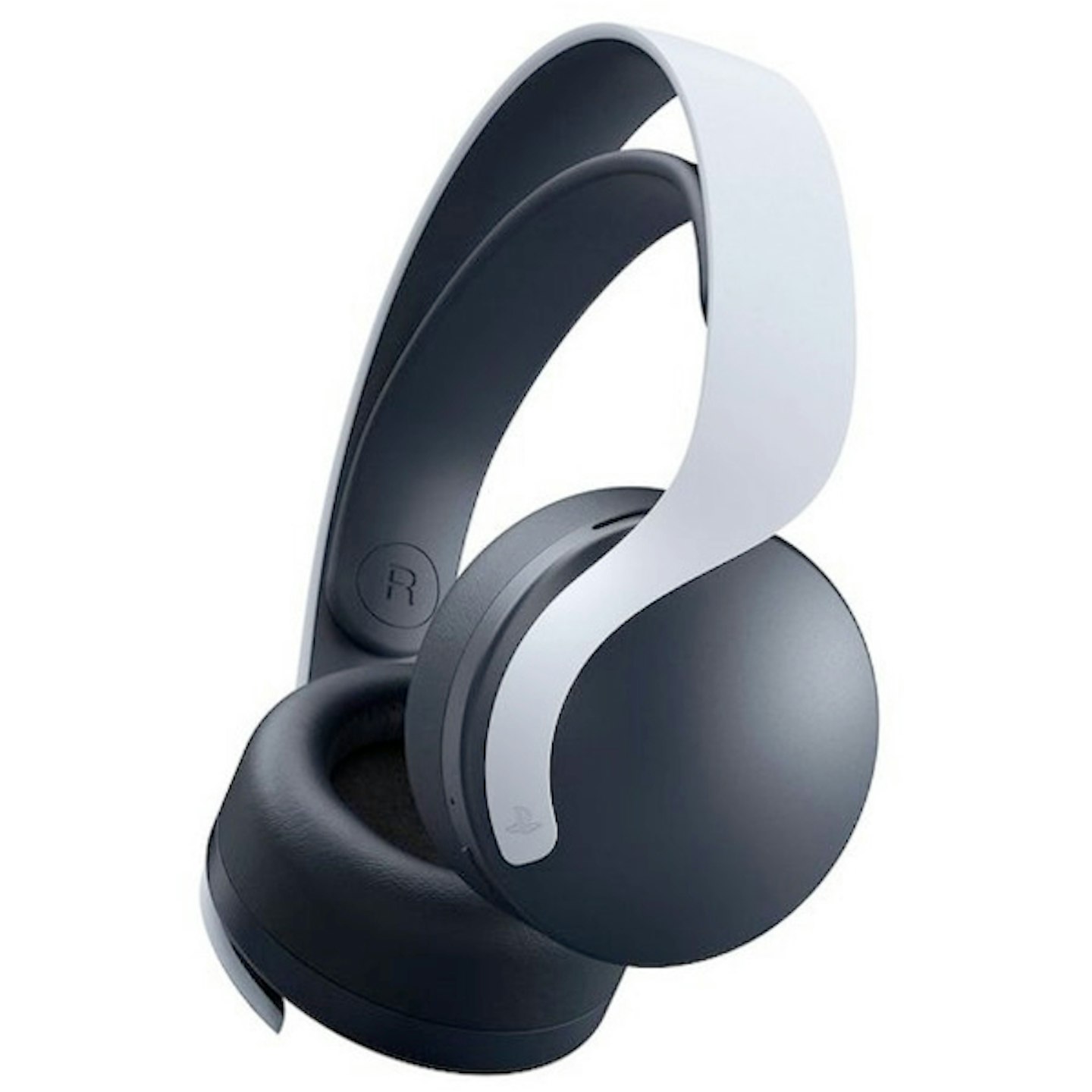
When we reviewed the PULSE 3D, we found that the audio gaming experience is as good as you can find anywhere – though usually, the rivals will be charging a higher price. The low-end response is thick and weighty, which carries across in-game drama with excellent effect. The clear mid frequencies cut through for precise and articulate dialogue. The onboard controls, if a little hard to remember at times, are well-placed and responsive.
If you’re a gamer, these are seriously worth considering – but if you have a PS5, they are essential. And for less than £100 – a true bargain.
Read our full Sony PULSE 3D review.
Pros
- Great audio
- Affordable
- Great sense of space
Cons
- Rubber head strap can be uncomfortable
| Battery life: | Up to 12hrs |
| Charging: | USB-C, full in 2.5hrs |
| Connection: | 2.4GHz dongle, Aux |
| Weight: |
- Our review: "The gaming audio performance, especially with Sony’s 3D audio, is as good as you’ll find anywhere: its thick and weighty low-end response carries drama and action perfectly, while the clear mids cut through for precise and articulate dialogue. The onboard controls, if a little hard to remember at times, are well-placed and responsive. The microphone performance is without fault, and the battery life is long enough for the vast majority of gamers. The PULSE design is bold and defiant, and though plastics are extensive, it feels weighty and robust. Disappointingly, the comfort is sub-par, with the heat-inducing earcups and hair-pulling rubber head strap significantly damaging the ability to enjoy the headset for extended periods." Tried and tested by William Lobley, Deputy Tech & Fitness Editor
Best Sony headphones with features
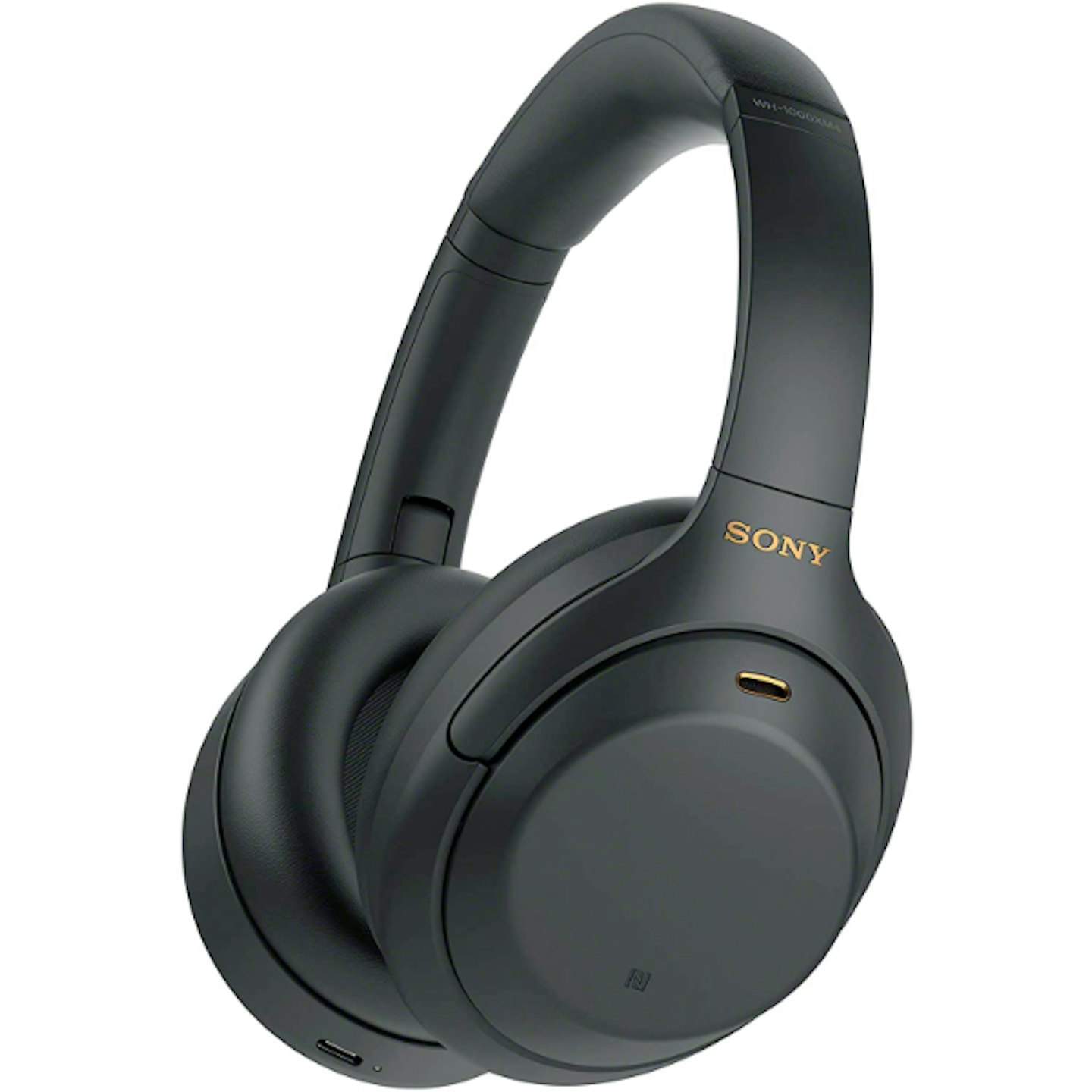 Sony
SonyThe Sony WH-1000XM4 was once the cream of the crop. The detailed audio is full of life and vibrancy, with a Sony chip doing all it can do to optimise the sound profile. The feature set is strong and well-implemented, with touch controls, multi-device connection and distraction-silencing noise-cancellation. The earpads are well-padded, and the battery runs for 30 hours.
To top it off, they have one of the tidiest designs around. We loved them when we reviewed them, and we love them still – it’s just the WH-1000XM5 changed the game. However, if you’re looking to save a little money, the lowering price of these headphones is something to consider.
Pros
- Excellent audio
- Great features
- Nice battery length
Cons
- Just beaten on every front by the WH-1000XM5
| Battery life: | Up to 30hrs |
| Charging: | USB-C, full in 3hrs |
| Connection: | Bluetooth 5.0, Aux |
| Weight: | 250g |
- Customer review: "Sony uncovers everything you have to create perfection, or almost. If the previous version, the 1000XM3 dethroned the Bose QC35 from its throne, this time Sony puts everything on the table to stay. Although it's not easy, in recent years, both Bose and other brands have pulled out their active noise-cancelling headphones to take their piece of cake."
Advice for buying Sony headphones
Look for specific features that apply to your intended use. Modern headphones are home to a myriad of fancy features and technological additions. While this is all pretty exciting, they might not apply to your situation - knowing what you do and don’t need from your new Sony headphones can save you a pretty penny.
If you’re looking for some headphones to listen to music in your home, then audio quality is going to trump features like noise-cancellation and super-long battery lives. Similarly, if you’re looking for some headphones for workouts, IPX water resistance is going to be something to keep in mind, as this resistance helps your new headphones fend off sweat. Plus, waterproof headphones are always a handy design to have.
Size and weight are other considerations, especially for on-ear headphones. These headphones tend to be quite large, and the weight is carried y the top of the head. If you’re listening to music all day, this weight may annoy, irritate the scalp and trigger headaches. Such headphones are also not great for working out - they get very sweaty and a tad gross.
Finally, consider how you are going to be listening to the headphones. Wireless technology is found everywhere, with Bluetooth quickly becoming the most popular method for connecting headphones and listening devices. However, if you’re at a computer, you may prefer a wired connection - some on-ear Sony headphones have a 3.5mm jack, allowing you to plug in whenever you like. Alternatively, if you have multiple devices, such as a smartphone and laptop, some Sony headphones allow you to connect to two devices at the same time.
A buyer’s guide to headphone features:

What is noise-cancelling and how does it work?
Noise-cancelling is a feature that reduces ambient noise from the surrounding area like people chatting in cafes or traffic on the walk to work. It lets you focus on what you’re listening to without having to resort to turning the volume up.
But how does it work? A microphone in the headset listens to the surroundings and creates a sound wave which is the exact opposite and sends it through with audio content, cancelling the noise out without the listener even noticing. Noise-cancelling can often be toggled on and off for personal preference and safety reasons.
What is a driver?
A driver is a device inside an audio speaker that converts an electrical signal into sound. Larger drivers tend to be able to deliver a more powerful sound with greater accuracy. Drivers are talked about in terms of their diameter, which is measured in millimetres.
Earphones tend to have drivers between 8mm and 15mm, while headphones have drivers between the size of 20mm and 50mm - this is why headphones tend to deliver richer sound quality than their in-ear cousins.
What are bass, midrange and treble?
Bass, midrange and treble are sometimes referred to as lows, mids and highs. These terms refer to the different sound frequencies found in audio.
Bass, or low, is the boomier sections of sound, the frequencies that people can most often 'feel' - bass drums are an example of low frequencies. Without bass, the audio sounds very empty and 'tinny'. Too much bass and music can sound rumbly, overpowering and woolly.
Midrange, or mid, is all the stuff that happens in the middle - guitars, vocals and speech. Balancing this with bass brings audio to life. If you struggle to hear vocals in music or conversation in podcasts, boosting the midrange can bring these out for you without having to play with volume.
Treble, or highs (hi), is the high frequency. These are important for picking out details in audio, but if they are too high they can annoy and be painful to listeners.
